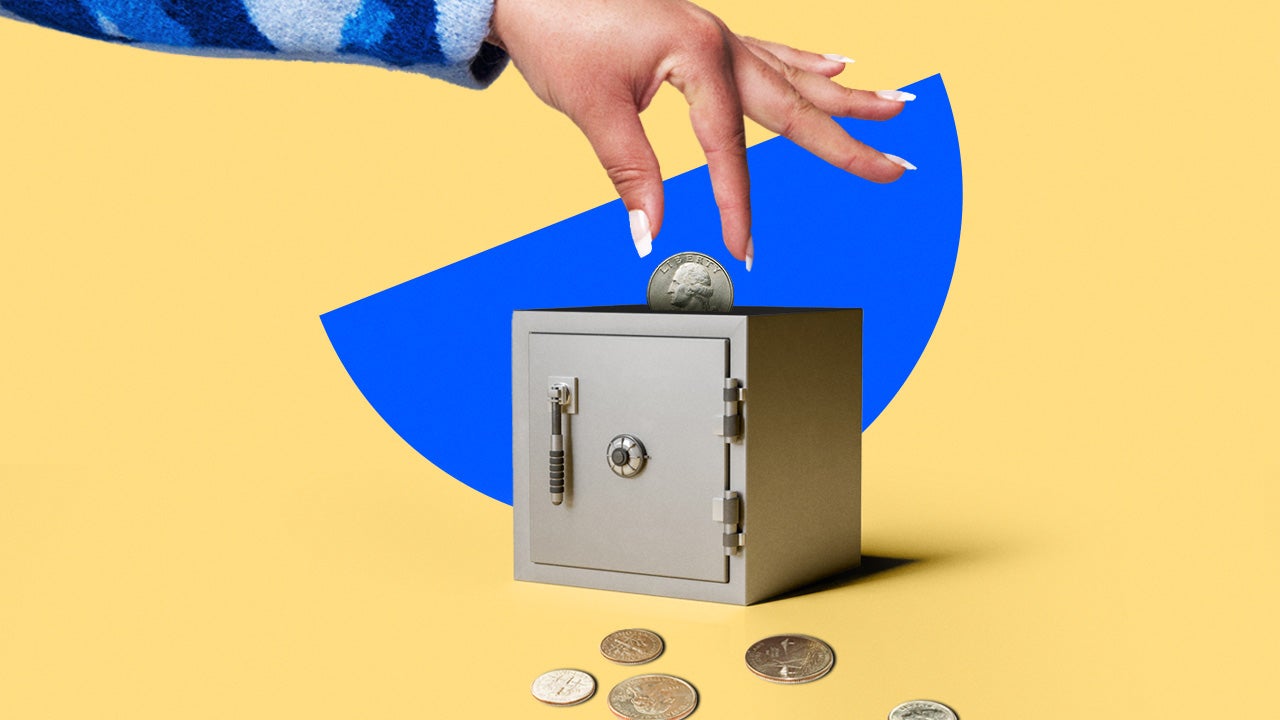5 tips to earn the highest interest rate on a savings account




Key takeaways
- Take time to compare rates at different financial institutions for your savings account.
- Look for ways to reduce any account fees so you can maintain earnings.
- Consider switching to a new bank for better rates.
It pays to look for a competitive interest rate on a savings account, since a higher rate will earn you more money. Fortunately, there are many ways to earn a high interest rate, including comparing current competitive rates available, exploring the potential for a higher relationship rate and considering switching banks.
Here are some tips to help you get the best rate on your savings.
1. Compare current savings account rates
The first step to getting the best annual percentage yield (APY) is to understand what’s considered competitive in the current interest rate environment. The best savings accounts today pay above four percent APY, but the national average is significantly less. Interest rates on savings accounts are generally variable, which means your rate can decrease or increase.
Compare rates at multiple brick-and-mortar banks and online-only banks. Online banks tend to pay higher rates than traditional banks. Credit unions are another option for exploring the potential for higher rates.
While big banks typically don’t pay high rates, they can offer additional benefits, such as branch availability.
“Look for an account that meets your banking needs and habits,” says Marc Wojno, Bankrate senior banking and deposits editor. “Planning to make numerous withdrawals? Open an account with no transaction limits and penalties. Want to set it and forget it? Find a savings account that enables you to set up automated transfers from your checking.”
2. Compare high-yield savings accounts online
Doing a more targeted search comparing high-yield savings accounts is an easy way to find the best APYs. Most of these accounts are from online banks (though not all of them), so make sure you’re comfortable banking online. Online banks are just as safe as regular banks as long as the bank is insured by the Federal Deposit Insurance Corp. (FDIC).
When comparing accounts, look for features and associated fees. Much of the important information about the account can be found in fee schedules and disclosures. Some things to look out for include:
- FDIC-insured (or NCUA-insured for credit unions)
- Monthly maintenance fees
- Minimum balance requirements
- Transaction limits and penalties
- Automated savings features
- Options for transferring money in and out of the account
- Past account problems such as data breaches
- High-rated mobile app and/or a user-friendly website
If the bank has low or no fees and helpful tools, consider that in your evaluation. You may be willing to choose a bank with a slightly lower APY if its tools and reduced costs help you save more money over time.
Avoid fees
Once you find a savings account with a high interest rate, you’ll want to do what you can to preserve your earnings. If you are paying for fees, this is reducing your earnings.
You can do this by opting for an account that has a reasonable minimum balance requirement. A bank may charge you a fee if your account goes below this amount, so make sure it is an amount you feel comfortable with. There are also banks that do not require any minimum balance at all.
Other potential fees may include an excessive transaction fee, receiving paper statements or a fee for closing your account. Be sure you understand any fees you may be charged and learn the best ways to avoid them.
“If you’re conscious of fees, look for an account that foregoes the ever-unpopular monthly maintenance fee,” Wojno says. “Even if your high-yielding savings account doesn’t offer the highest APY available, fear not. As long as your APY outpaces the current rate of inflation, your savings will grow.”
3. Consider relationship rates
Relationship rates are higher interest rates financial institutions offer customers who maintain multiple accounts with them. For example, you might get a higher rate if you have both a checking and savings account with the same financial institution. You can find these special rates at many traditional and online banks. You can ask if this is available during the account opening process. You can also check the institution’s website to see if they offer relationship rates.
4. Avoid teaser rates
The best available interest rates may be short-lived. Banks may offer teaser or promotional rates, which are attractive interest rates used to get new customers to open a savings account. Banks may significantly lower the teaser rate after just a few months.
You may also have to maintain a minimum balance and meet other requirements to get the high rate. Always check the fine print explaining the rate’s terms.
5. Consider switching banks
If your current savings account is only offering average or below-average rates, it might be time to switch banks. Some of the top rates available exceed four percent APY — that’s an opportunity you could be missing out on if you settle with a familiar but low-paying account. Shop around for the best savings rates and look into transferring your money into a new account if one appeals to you.
Bottom line
Despite low rates at big banks, there are still opportunities to earn higher yields on your savings. Don’t settle for average rates and make your money work harder for you.
Why we ask for feedback Your feedback helps us improve our content and services. It takes less than a minute to complete.
Your responses are anonymous and will only be used for improving our website.




